A poem for charter school advocates, adapted from the famous words of Pastor Martin Niemöller:
First they came for the virtual charters, and I did not speak out—
Because I don’t run a virtual charter.
Then they came for the single campus schools, and I did not speak out—
Because I run a charter network.
Then they came for the EMOs, and I did not speak out—
Because I run a nonprofit network of charter schools.
Then they came for me—and there was no one left to speak for me.











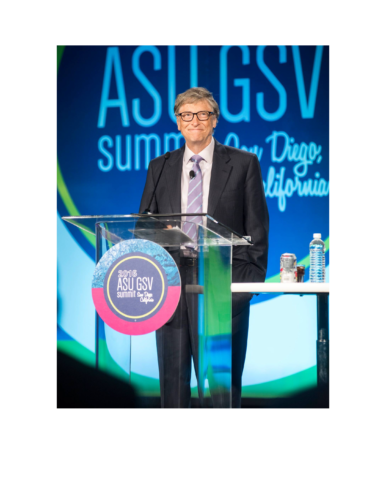

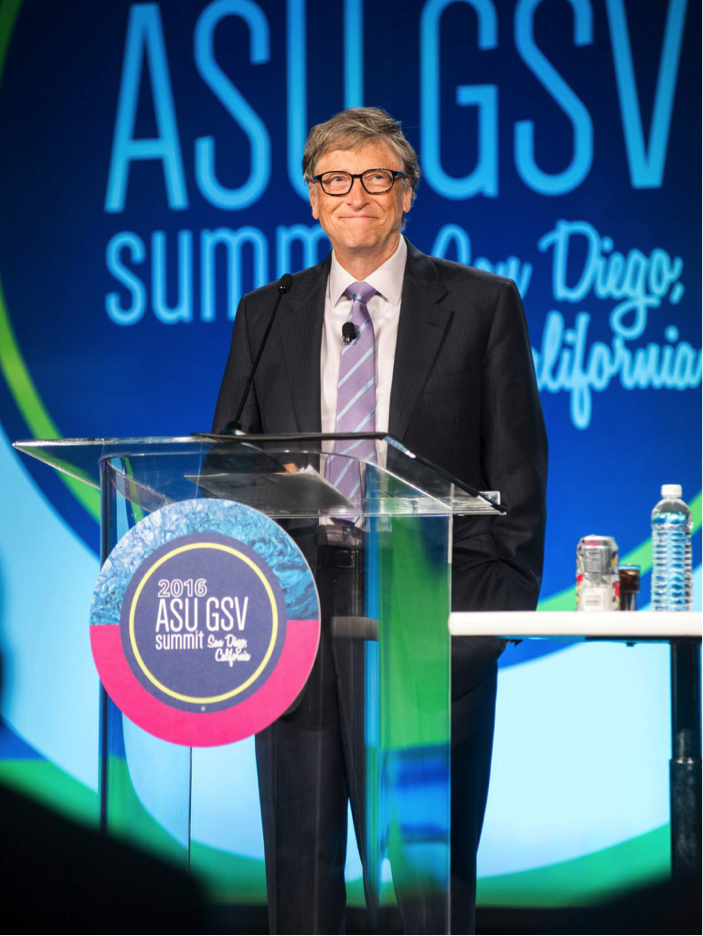
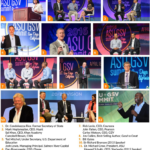
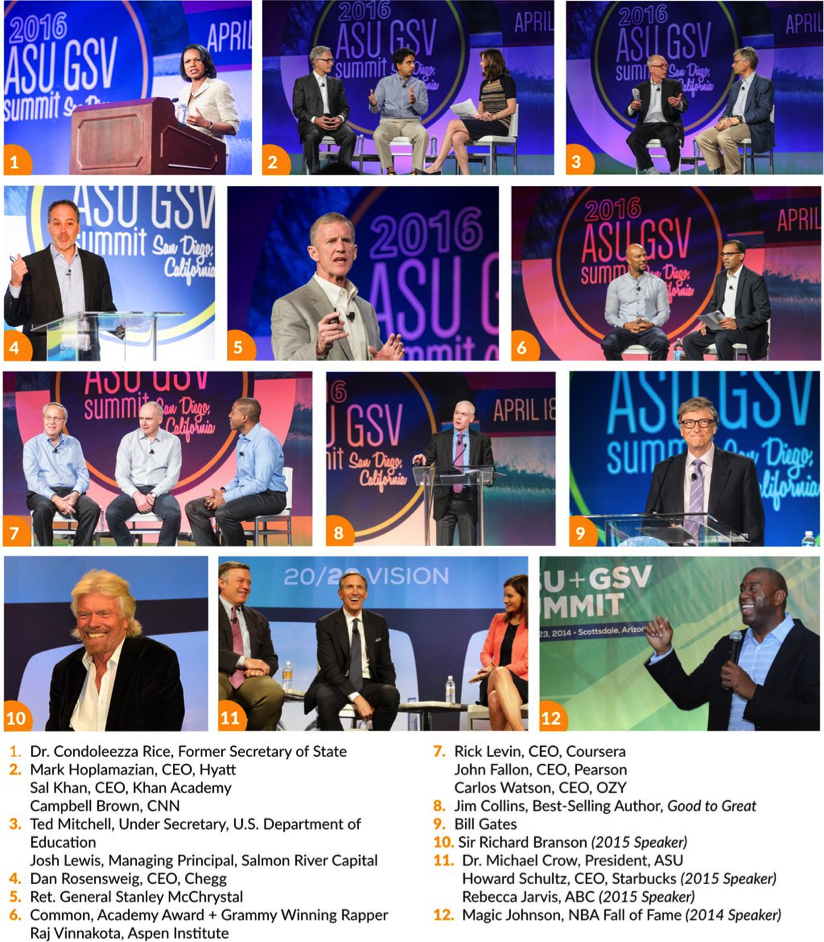




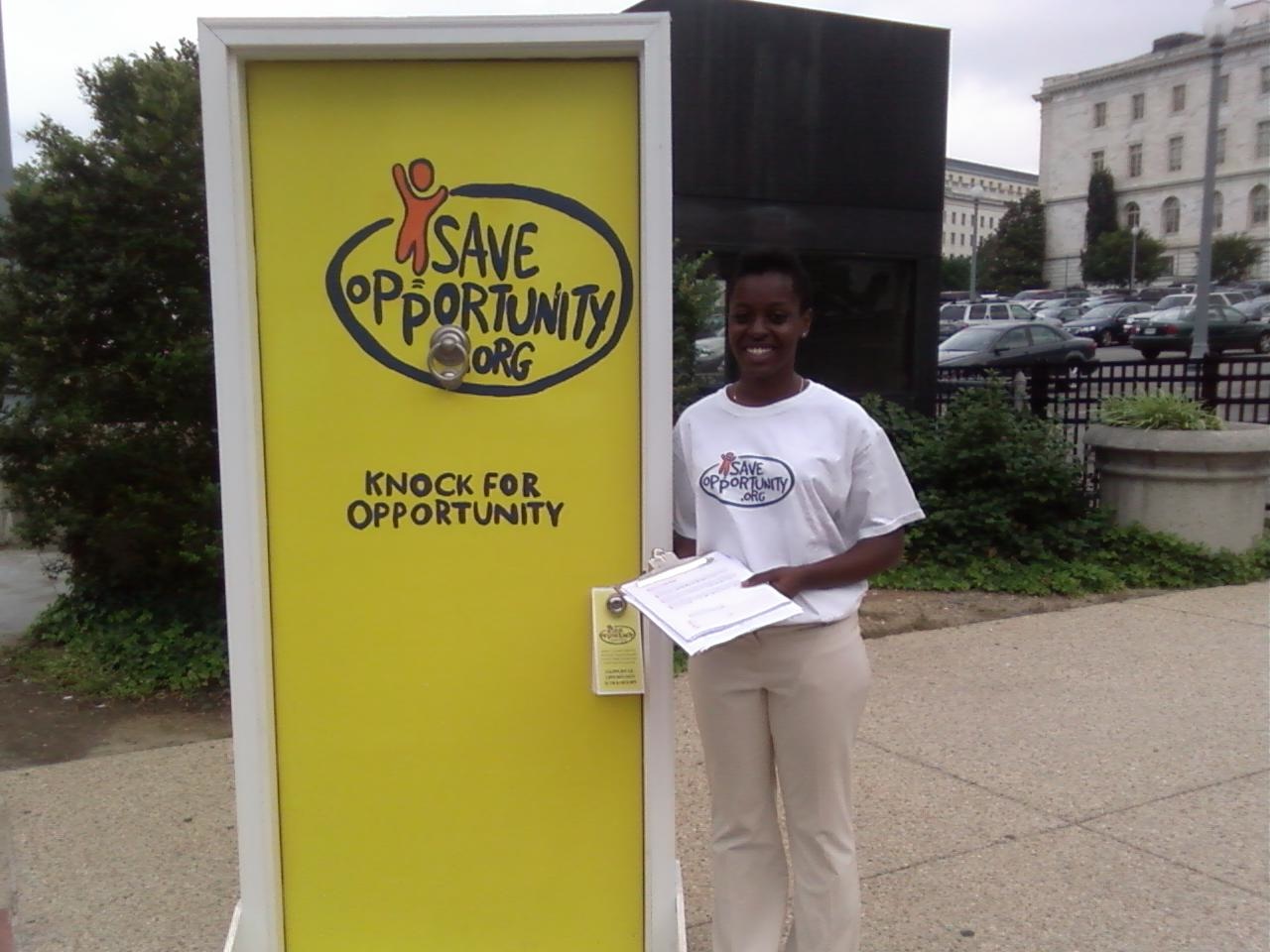

 odies a collaborative momentum toward closing the achievement gap… and a school-wide drive toward excellence, [where] every student at CPA feels like a champion.”
odies a collaborative momentum toward closing the achievement gap… and a school-wide drive toward excellence, [where] every student at CPA feels like a champion.”
THIS IS YOUR LIFE, charter schools!
As you’ve probably heard, charter schools celebrated their foundational birthday this month. All the tributes remind us of an episode of This is Your Life, in which numerous people pay tribute to the icon being celebrated.
So today, we join those celebrating charter schools again, because of their long history of successfully changing the paradigm of education in this nation, showing how public schools can be different, and how they can achieve for kids at much greater rates, given the flexibility to do so.
Take a trip down memory lane with us, then, in this video of How Charter Laws Really Got Started. Long before most of today’s reformers were around, there were pioneers fighting for the right to do public education differently.
That they succeeded is the reason we are celebrating today.
Happy Birthday, Charter Schools.